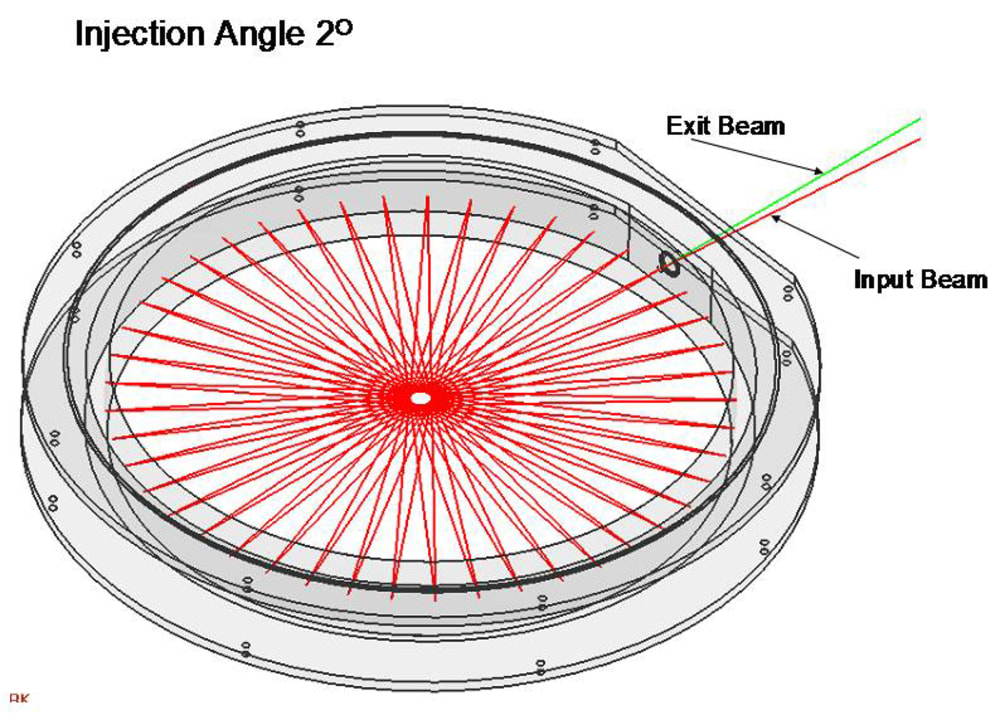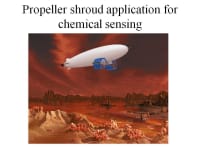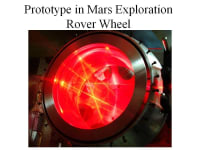Detection of chemical and biological weapons is an urgent and pressing problem for the Department of Defense (DoD) and the Department of Homeland Security (DHS). Until recently detection of chemical vapors using laser spectrometers was limited to smaller more volatile chemical species due to the narrow tuning range for conventional diode lasers. Recent work funded by DARPA and the National Nuclear Security Administration (NNSA) has led to the development of high power broadly tunable External Cavity Quantum Cascade Lasers (EC-QCLs). These new laser systems can now tune over very broad spectral ranges (>50 cm-1) which enables detection of larger more complex molecules with broad spectral absorption features in the infrared region of the electromagnetic spectrum. Many of the chemical weapons agents such as Sarin-GB, Cyclosarin-GF, Soman-GD, Tabun-GA, and others have very distinct spectral fingerprints in this region and using the EC-QCLs will enable efficient detection of the chemicals with a very high confidence level. Current state of the art systems using Gas Chromatography - Mass Spectrometry (GC/MS), Surface Acoustic Wave (SAW) sensors, Ion Mobility Spectrometers (IMS), Laser Induced Fluorescence (LIF) and other systems are often plagued with signals that can generate a “false positive” condition. Even worse many of these systems can rapidly become fowled with the sticky and reactive chemicals rendering them useless in real world applications. Laser spectrometers offer a tremendous improvement over the current state of the art chemical weapons detection systems in that they can be configured in an open path system that does not require inlet systems and pumps to introduce the sample to be analyzed into the spectrometer. Extensive work with the infrared spectral libraries funded by the NNSA and other government agencies enables direct comparison with the library data in real time to enable extremely high confidence for detection of analytes. Recent advancements in (EC-QCLs) enable these systems to be implemented for facile detection of Chemical Weapons. Specifically, research for the NNSA has demonstrated the feasibility of detection of chemical agents via that of simulants (Freons) with similar spectroscopic features. This has been achieved using Freon-125 as a simulant, a tunable EC-QCL, and a Herriott cell-based sensor based on flight proven designs developed at JPL for use in earth and planetary exploration. The experimentally obtained spectrum of this simulant matches that found in the spectral library extremely well, demonstrating the ability of this technique to detect the exact shape of this feature, which in turn indicates the ability to recognize the simulant even in the presence of significant interference. It has also been demonstrated that the detected features of a typical interferent, namely water, are so different in shape and width to the simulant, that they are easily recognized and separated from such a measurement. Research into alternative configurations for these optical systems has led to a spherical ring design for the absorption cell. The resonate laser traces form a web of coherent light ensuring complete sampling of the air in the target volume. This system can be adapted to other uses.
Like this entry?
-
About the Entrant
- Name:David Scott
- Type of entry:teamTeam members:David Scott, JPL Joel Steinkraus, JPL Kelly Rickey, JPL Alexander Ksendzov, JPL Abdullah Aljabri, JPL
- Hardware used for this entry:Quantum Cascade Lasers ZnSe OpticsSoftware used for this entry:Solid Work, NX Unigraphics, Tracepro, Zeemax
- Patent status:pending








